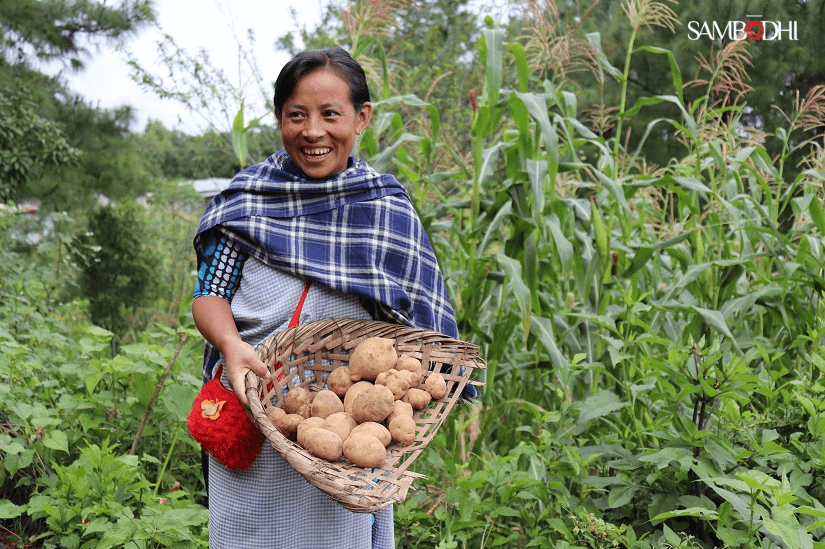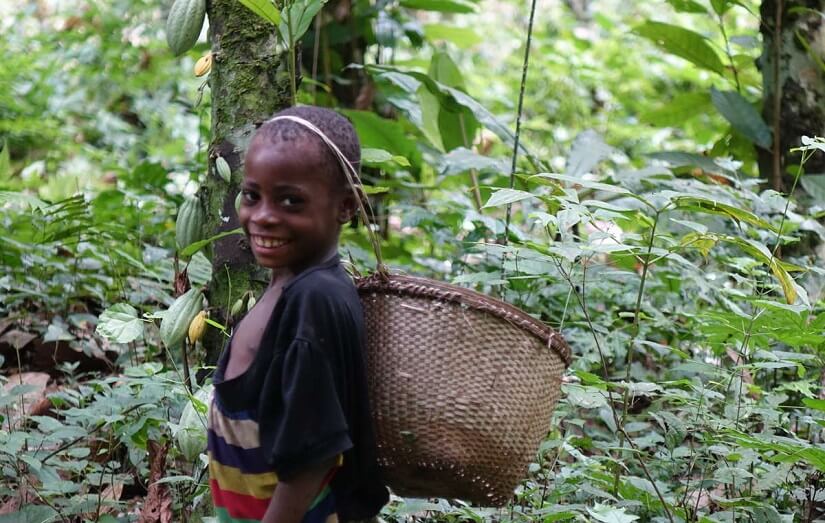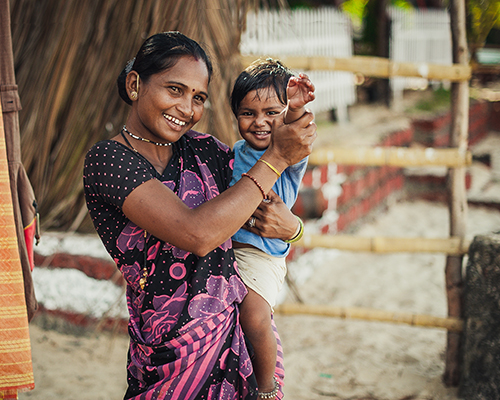Turning Whispers into Bellows: Investing in Indigenous Communities to Mitigate Climate Change

The Elephant Whisperers—India’s first-ever documentary to win the Oscar—is about the deeply sacred relationship between humanity and nature shown through a humbling story of a tribal couple who adopt and nurture an abandoned elephant. While this is an incredible achievement for the country and the filmmakers, the message that such cinematic stories harbor is often sidelined.
Humans and nature: the oldest relationship known to humankind. History witnessed countless alternations in this relationship, especially post-colonization. The concept of living a civil life shifted from the organic relationship many tribes worldwide shared with nature to industrial and profit-greedy societies taking over.
Years and years later, Indigenous tribes are the ones who can restore the equilibrium and overcome the adversities of climate change by contributing their enormous understanding of nature and its complicated workings.
But how can Indigenous communities help overcome climate change?
Imagine you are part of a community called Binh Son in Vietnam. Primarily engaged in agricultural activities, this community is driven by women who collect firewood and non-timber forest products. The forest produce is used mainly in your household instead of for commercial purposes. Your community has regulations restricting agricultural activity in several parts of the forest, forbidding cutting down specific trees. They also allow villagers to use only low-quality wood or dry branches to preserve the forest produce.
Anyone found violating these rules is given a severe penalty, a significant deterrent that allows the community to play a crucial role in discovering, reporting, and preventing illegal forest activities.
If this is the kind of relationship your community shares with nature, it is evident that its conservation will be your priority. Indigenous groups depend on nature for survival and share a complex cultural relationship instead of the transactional one most of us are familiar with. Such trends become increasingly important to mitigate climate change, especially concerning deforestation and forest degradation, which can reduce emissions.

Some of the world’s best climate scientists have recognized such communities as the “best environmental stewards,” playing a central role in safeguarding more than half of the world’s land, including much of its forests.
If Indigenous communities are such change agents, why haven’t they been added to the discourse about climate change?
With their precious knowledge also comes abject poverty. Indigenous peoples constitute around 5% of the global population but account for 15% of the world’s poorest inhabitants. A report by International Labor Office (ILO) suggests that these communities are three times as likely as their non-indigenous counterparts to live in extreme poverty.
But why?
Indigenous identities are intertwined with the lands they occupy. When the world moved forward, they were excluded from the development discourse precisely because their way of living did not match the developmental ideas of the rest of the world. Colonization is the biggest evidence of such institutional exclusion, which left people behind who refused to conform and strove to preserve their way of life.

Statistics reveal that around 70 million indigenous peoples depend on forests to meet their livelihood needs. Although they account for 5% of the world’s population, they care for and protect 22% of the Earth’s surface and 80% of its biodiversity. These communities depend on renewable natural resources for survival, but climate variability and extremes put their economic, social, and cultural activities in grave danger. Migration due to loss of land and adversities caused by climate change leaves them vulnerable to discrimination and exploitation.
In fact, they also lose their identities, culture, and the traditional knowledge essential for climate action to be successful.
Transitioning to other activities without adequate institutional support, such as access to healthcare, housing, livelihood, etc., threatens their existence entirely. They are also often underrepresented in matters about their survival, thereby also breaching their fundamental human rights.
What is the way forward?
Various initiatives and conventions by the UN and ILO have been put in place over the years to secure the rights of Indigenous communities’ rights and give them the right to the lands, territories, and resources they have traditionally owned, occupied, or otherwise used or otherwise used or acquired.
However, strengthening their economic, social, and political presence has been challenging due to exponentially catastrophic climate change. This is why promoting opportunities that enable meaningful participation in economic, social, and political processes is essential for a just transition that strengthens their identities and way of life.
For them to become the change agents that can develop and enforce green growth, securing their rights and putting them first is essential for collective gain and development. This approach calls for investing in Indigenous lives, giving them secure land and resource rights, and reinforcing their human rights. It also constitutes a tested, cost-effective, and practical solution to climate change.
References:
Aishwarya Bhatia, Sambodhi

